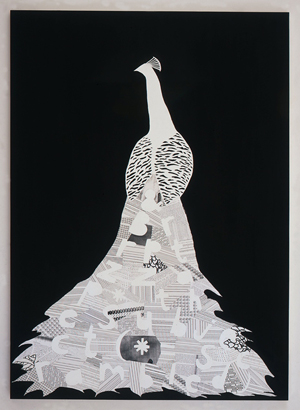
Until recently this was most evident in the widespread renovation of the city’s grand Victorian buildings and the installation of a sleek tramline linking the main railway station and city center. But now even these initiatives have been nudged into the shadows by a shiny new contemporary art gallery — Nottingham Contemporary — by award-winning British architects Caruso St. John, which opens this week.
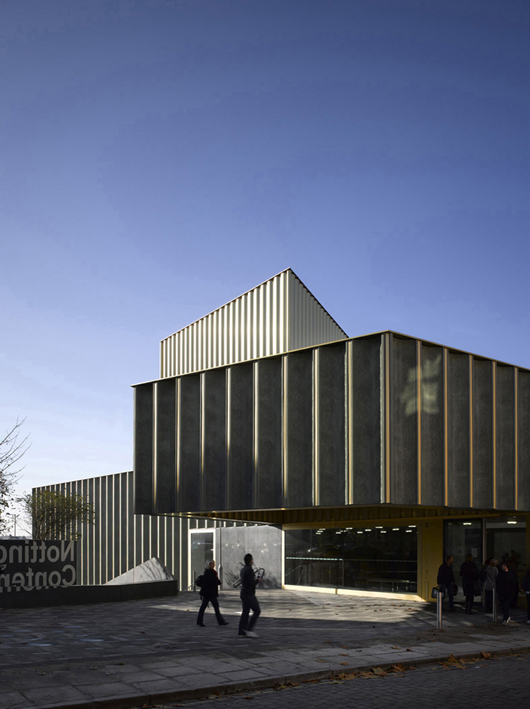
In genuflection to Nottingham’s industrial heritage and the building’s location in the city’s historic Lace Market quarter, the exterior incorporates green-tinged cast-concrete panels decorated with the impress of a lace pattern taken from an original 19th-century sample found in a time-capsule on the site prior to construction.
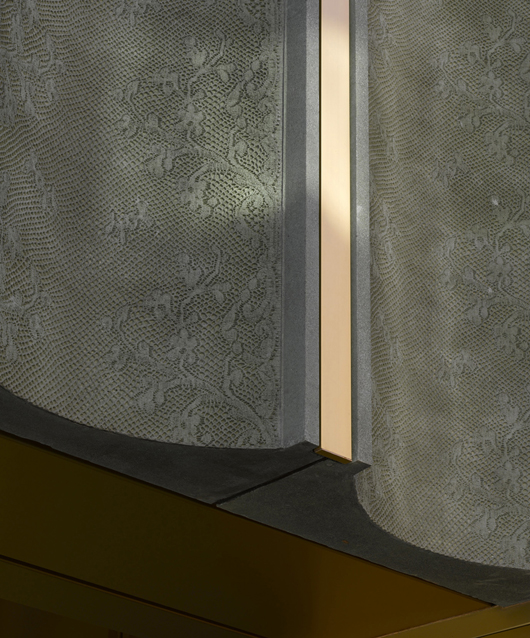
The gallery’s inaugural exhibition, devoted to early paintings by David Hockney alongside new work by contemporary artist Francis Stark, sought a balance between attracting the general public to the new building while embracing more challenging contemporary work. The show plots Hockney’s transition from gauchely gay Royal College refusenik to sophisticated chronicler of Californian hedonism, culminating in his iconic masterpiece of 1967 entitled A Bigger Splash.
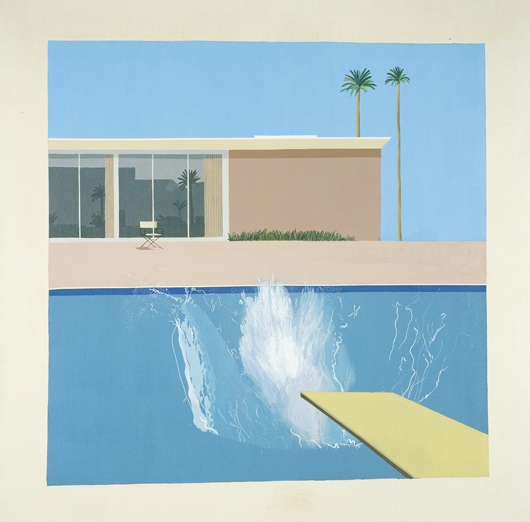
Having no permanent collection, and with no plans to begin one, Nottingham Contemporary will be judged on the success of its temporary exhibitions. Accessible shows devoted to established names like David Hockney may help the gallery reach its target attendance of 200,000 visitors in its first year. But whether it can reach its 125,000 target thereafter by showing more challenging contemporary work such as that by Los Angeles artist Francis Stark, which opened alongside the Hockney this week, remains to be seen.
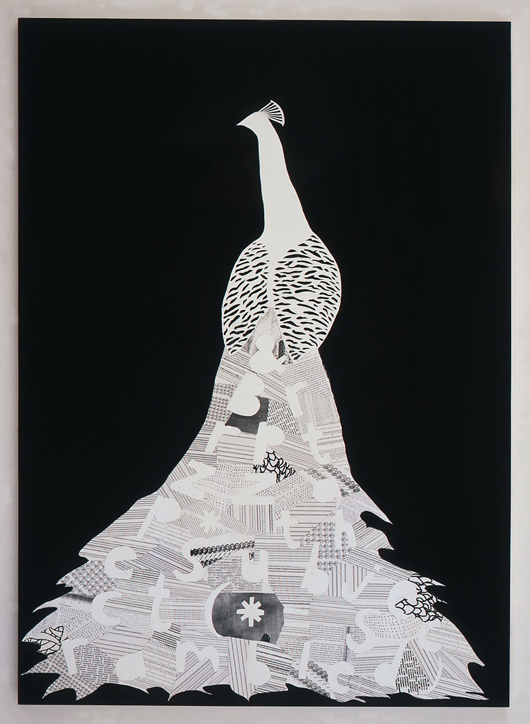
Five years ago Nottingham could still boast one of the UK’s leading independent provincial auction houses among its long-standing local businesses. Neales of Nottingham had been active in the city since 1840, but in 2004 the firm became part of the empire of the Fine Art Auction Group, now known simply as Dreweatts. Today, goods consigned in Nottingham are shipped to one of Dreweatts’ three main auction centres — Donnington Priory, near Newbury, Bristol, or Godalming, Surrey.
The trend toward consolidation that the Fine Art Auction Group initiated — which was chiefly a product of an increasingly competitive trading environment for provincial auction houses — continues apace. Indeed Dreweatts themselves recently identified the business advantages of merging their own book-selling department with that of established London-based specialist book auctioneers Bloomsbury Auctions, which has operations in New York and Rome as well as London.
One might assume that having brought the curtain down on any number of long-standing local businesses in the past, Dreweatts themselves would have no truck with sentimental farewells. However, the final sale of books under their own name at their Godalming saleroom at the end of October seems to have occasioned a note of poignant reflection on their part. That said, there is nothing like a raft or robust hammer prices to dispel any lingering nostalgia and in the event it was perhaps the unhindered access to Bloomsbury’s client list that sugared the pill of transition.
Dreweatts’ decision to absorb the Internet premium — a charge that some believe is impeding the take-up of internet bidding — may also have helped attract additional competition for the lots on offer.
Be that as it may, notable results at the sale included £1,600 ($2,670) for a copy of Roger Fry’s small Twelve Original Woodcuts of 1921, £1,900 ($3,170) for a two-volume first edition of Winston Churchill’s The River War (1899), which sold to an American buyer, £2,000 ($3,350) for a three-volume first edition of J.R.R. Tolkien’s Lord of the Rings, and £3,400 ($5,670) for The Four Gospels published by the Golden Cockerel Press and illustrated by Eric Gill. This was one of a number of examples of Gill’s work for the Golden Cockerel Press offered at the sale, a four-volume copy of The Canterbury Tales bringing £2,800 ($4,600) from the London trade, another copy of the same work (but with faded spines) drawing £1,400 ($2,300) from an American bidder, and a copy of Chaucer’s Troilus and Criseyde (also with some fading to the spine), making £1,300 ($2,170).
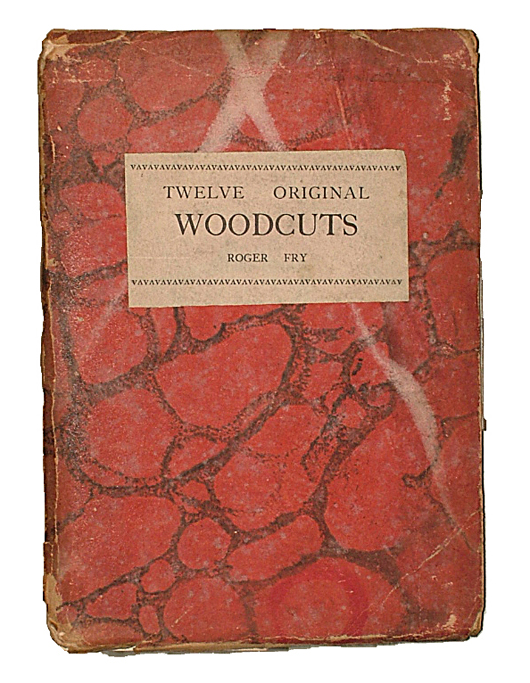
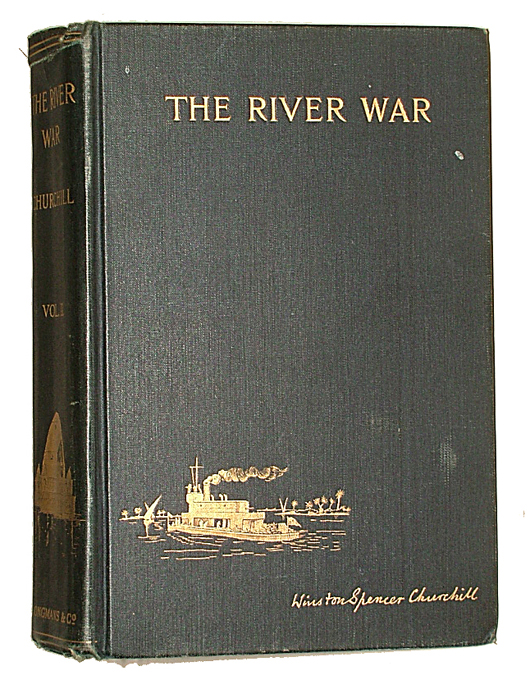
Ever a controversial figure, Eric Gill is currently also drawing crowds to the Royal Academy of Arts where his work is on exhibition alongside that of his contemporaries Jacob Epstein and Henri Gaudier-Brzeska. The exhibition, entitled Wild Thing, (the title borrowed from poet Ezra Pound’s remarks on first meeting Gaudier in 1913) is devoted to their contribution to the vanguard of British sculpture between 1905-1915. It continues at the Royal Academy until Jan. 24.
Turning to the art market, the last few days have seen a wave of headlines and editorials announcing an emphatic market recovery. These seem to have been prompted by the results of a few recent New York auctions. However, one swallow does not a summer make. An end to the recession would be welcome, but the last thing the market needs is to see another bubble beginning to form.
Fairs are never the most reliable indicators of the broader market, but sometimes they are all we have to go on. The Winter Fine Art & Antiques Fair will open at Olympia in West London this week. It will be interesting to gauge exhibitor reaction to the new involvement in the fair of Florida-based fairs impresario David Lester. He and his wife, Lee Ann, have ambitious plans for the event, aiming to rescue it from the doldrums in which it has languished in recent years as a result of a combination of lackluster management and adverse economic conditions. The consensus among the trade is that if anyone can turn it around, Lester is the most likely to do it. More on this in London Eye next month, but meanwhile we preview some highlights here.
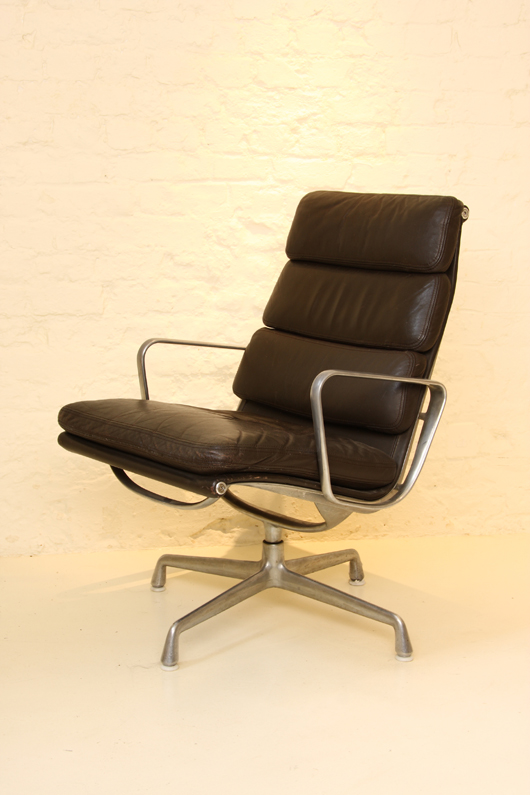
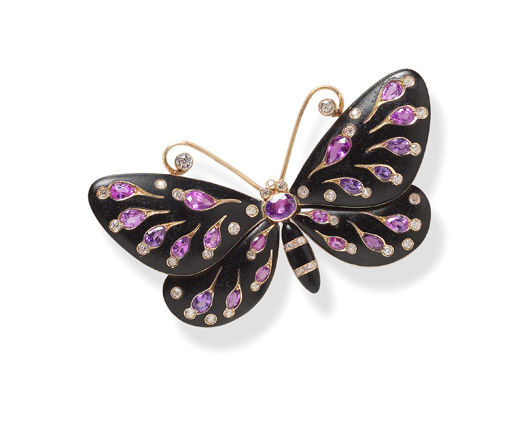
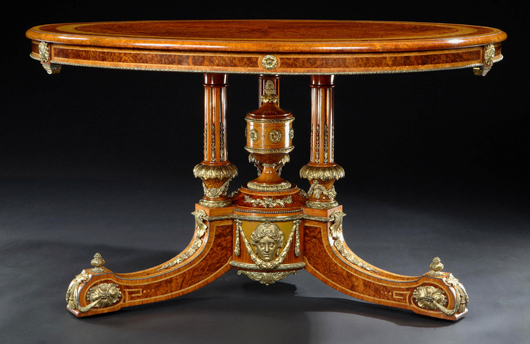
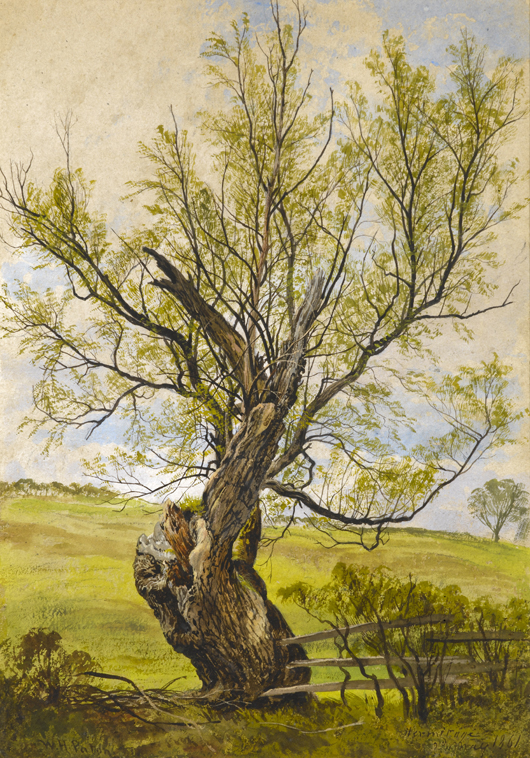
Finally, a reminder comes from West Country auctioneers Woolley & Wallis that it is not always the most valuable items that generate the most attention. This week’s sale at the Salisbury auction house will include an intriguing chair known as the Evolution Chair. Carved with representations of monkeys and human figures, the chair is believed to have been made to commemorate the 1925 trial of Tennessee high school teacher John Scopes who was accused of unlawfully teaching the theories of Charles Darwin to his public school pupils, in contradiction of the preferred story of Divine Creation promoted by educational authorities.
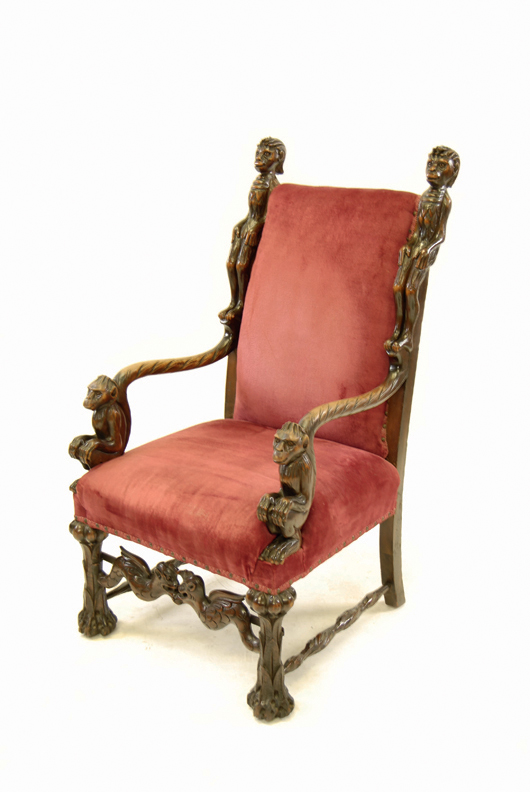
It subsequently emerged that Scopes’s heretical act was in fact a publicity stunt engineered by a group of local businessmen to whip up media interest in the small town of Dayton, Tenn. It seems to have worked, attracting coverage in numerous newspapers and eventually inspiring Hollywood into a number of films.
The chair, with its amusing conjunction of monkeys and suitably prehensile cavemen, will carry estimate of £200-300 ($335-500) when it comes under the hammer Nov 17. One can’t think of a better moment to offer it than in 2009, the year of Darwin’s bicentenary.


